Is Symmetry Important For Home Theater Speaker Placement?
When you look at the diagrams of home theater speaker layouts, everything is perfectly symmetrical. Sure, we have problems with these diagrams, but people tend to want to follow them. As closely as possible. To the point where if you are off by an inch or two, someone is going to tell you that your system is basically unlistentoable (not a word). So, how important is getting the symmetry perfect for home theater speaker placement?
Practically No Room Is Perfect
Often we are relegated to using part of a room for our “cinema area” and need to respect that the rest of the room might also be used simultaneously. This means you might be within inches of one wall with the other being a dozen or more feet away. Plus, we often want to use these rooms for more than just watching movies. Which involves furniture, shelves, and other obstructions. Don’t even get us started on fireplaces and other “amenities” that seemed like a good idea before we decided to watch TV in that room!
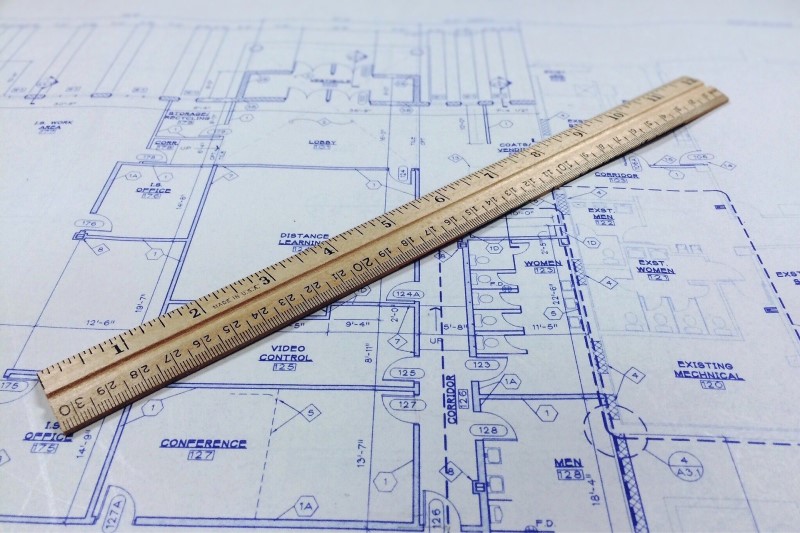
If you follow our home theater speaker placement guide (link), you’ll quickly realize that we don’t think that symmetry is all that important. We focus more on the couch and try to orient your speakers around you. But that doesn’t always work. Rooms aren’t perfect rectangles. They have angled ceilings, doors that are inside of cut-ins or alcoves, and any number of annoying imperfections. How to deal?
Examples
Many people have limited room near their TVs. This makes it nearly impossible for them to place their front left and right speakers equally far from the TV. Likewise, on the back wall, we often see doorways, windows, AC vents and returns, and other obstructions. This makes placing rear and Atmos speakers symmetrically nearly impossible. One might be pushed out to a side or farther away. We’ve already talked about placing your center channel above your TV, but we’ve seen center speakers that are off-center from the TV. Talk about triggering a home theater enthusiast!
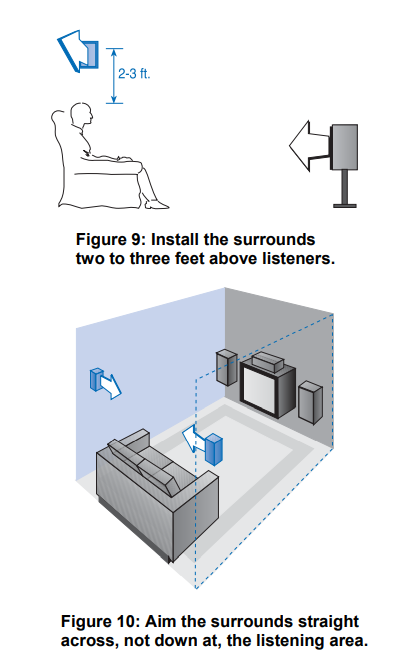
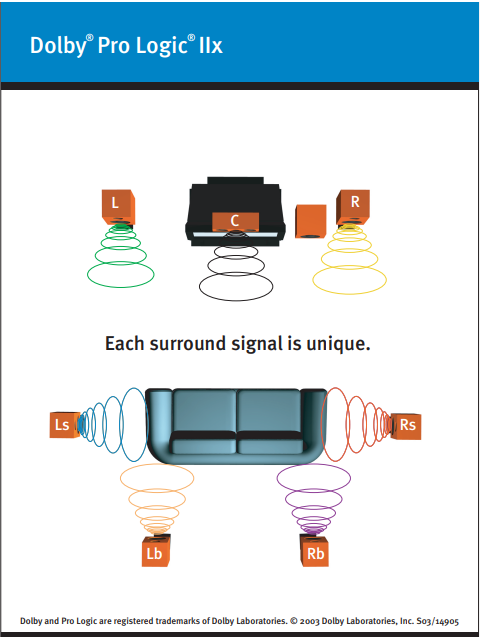


Do The Best You Can
The first step is to do the best you can. Perfect symmetry may be impossible in your room with your home theater speakers, but it is important to get them as close to the correct placement as possible. We are going to assume that you’ve done that (and you’ve read our article on toe-in so you get that right too) and the speakers are as close as possible.
This means no surround speakers at the front of your room. It means not having all your speakers on a shelf to the side of the TV near the AV receiver (yes, we’ve seen that). It means that your front speakers are to the sides of your TV or display with your center above or below. Your side surrounds should be to your sides or slightly behind you. The surround back speakers (if you have them), should be well behind you. Your subwoofers (yes two) should be well placed based on our recommendations.
Trust Your AV Receiver
During the setup process, your AV receiver will set your trim and distance settings. The reason these settings exist is that manufacturers realize that, while perfect symmetry in your home theater speaker placement might be nice, it is often impossible. The trim and distance settings will compensate for non-perfect placement.
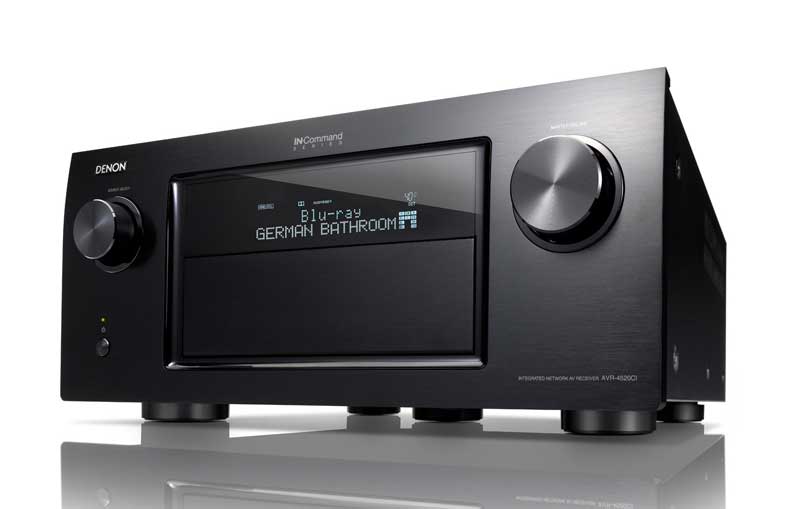
Now, if your AV receiver sets the trim to the max (usually +10db or +12dB depending on the manufacturer), it means that the speaker is too far away. If you are in a huge room, and place a small speaker very far away, this could happen. This indicates that you need to make a change. Either move the speaker closer, add an amplifier to get more power, or get a more sensitive speaker.
Trust Your Ears
If you’ve run your room correction program and you haven’t hit a limit anywhere, then you should be good. Before you run out and start posting pics of your system to humblebrag on Reddit or forums, take a second to listen to your system. Find some movies that make good use of all your speakers. Enjoy, for a few minutes, the fruits of your labor.
How does it sound? Can you really tell that your front left home theater speaker is slightly farther away from your TV than your right? Is the lack of symmetry better your left and right home theater speaker placement really that important when the lights are off? If you do hear something, you should address it. Probably with toe-in, EQ, or moving the speaker slightly. Get the system sounding good to you before you post it.
Post Away – And Anticipate the Haters
When you post your images online, you’ll want to address the obvious concerns the online trolls are going to immediately glom onto. Is the symmetry off somewhere in your system? Make sure you talk about how it isn’t visible/audible. Is the TV above the fireplace? Mention that it doesn’t cause eye fatigue because of how much your seats recline. Talk about how you’ve done tons of listening tests and how you can’t hear the difference between the surround back speaker that’s symmetry is off compared to the other so you didn’t find it important to adjust its placement in your home theater.
Basically, don’t leave them with any ammunition.
Now, close the browser and go watch a movie on your system. Let them cry into the void that your TV is too high or that you are watching fake 4k. It won’t matter as you enjoy your asymmetrical system that probably sounds twice as good as theirs.

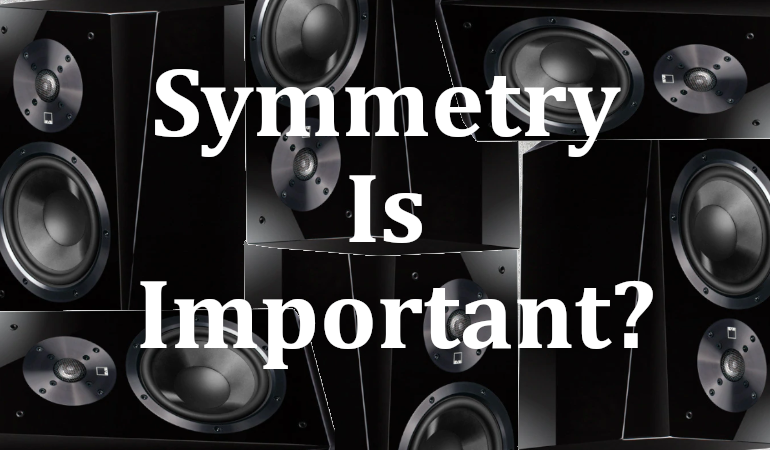

You should post some examples of actual (or made-up) floor plans with suggested asymmetrical speaker positionings
We do that all the time on the AV Rant podcast. Check it out!